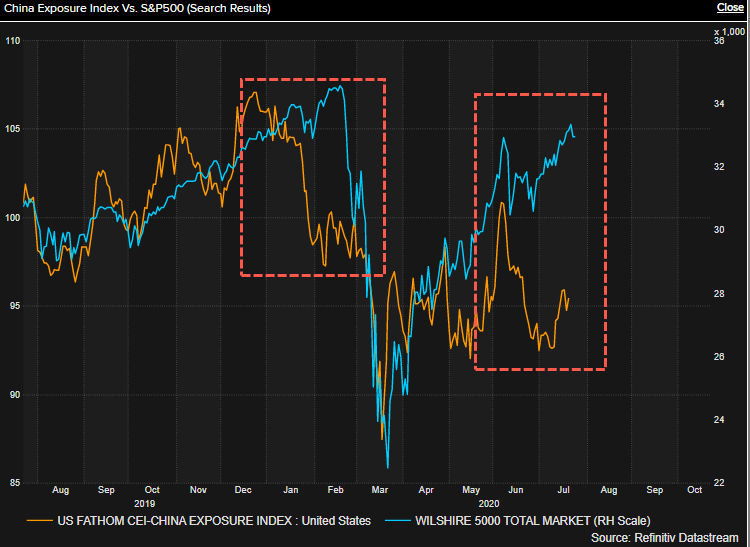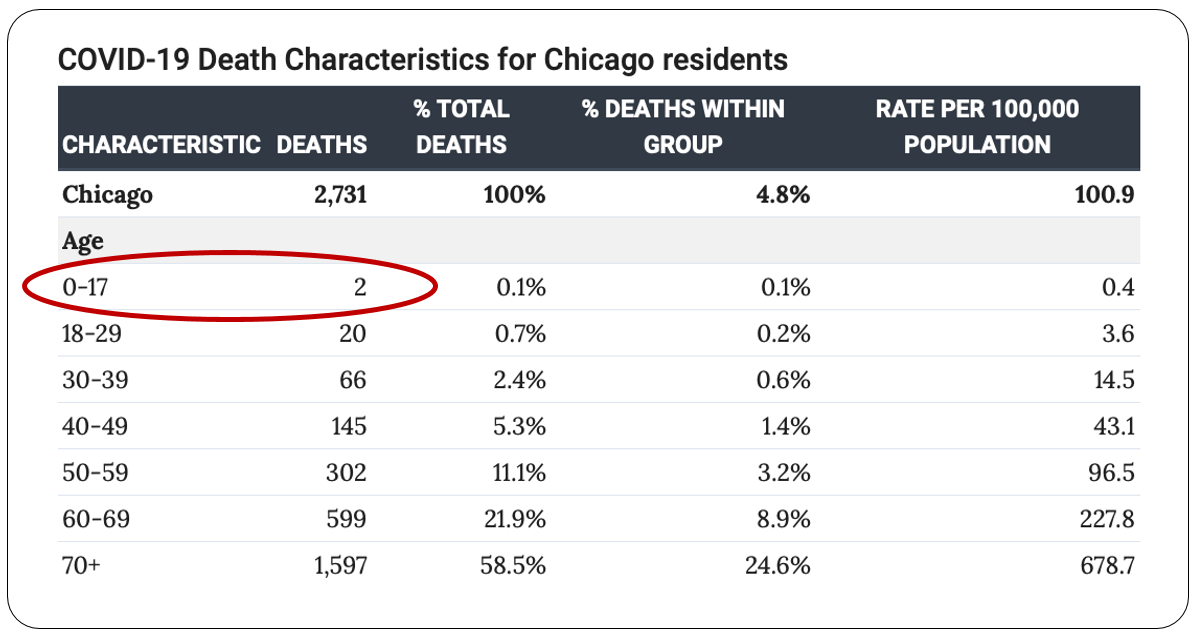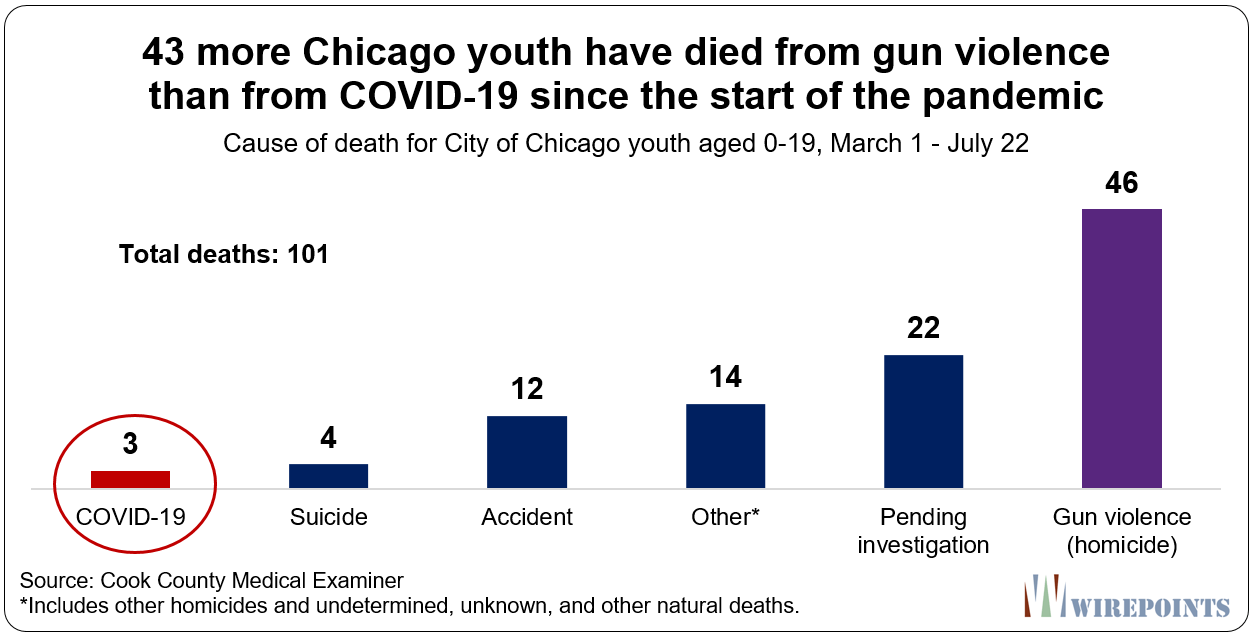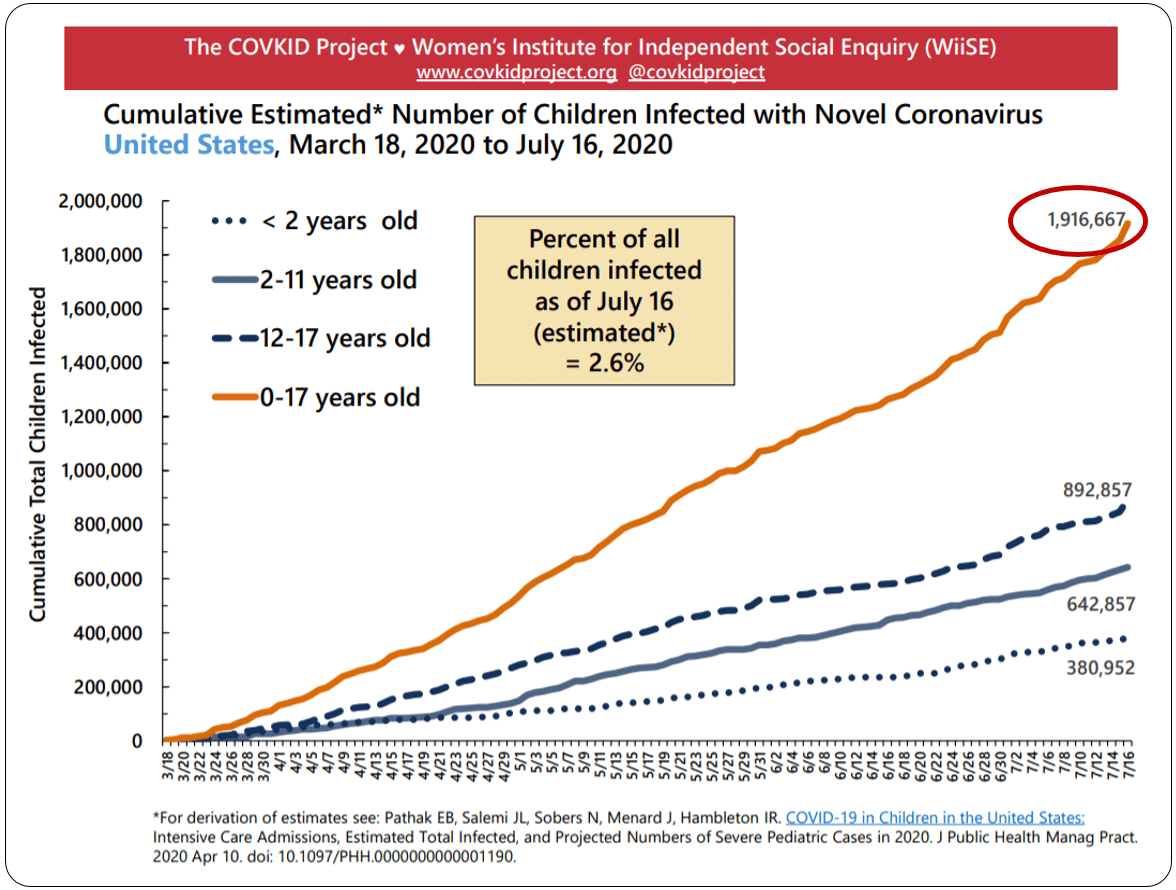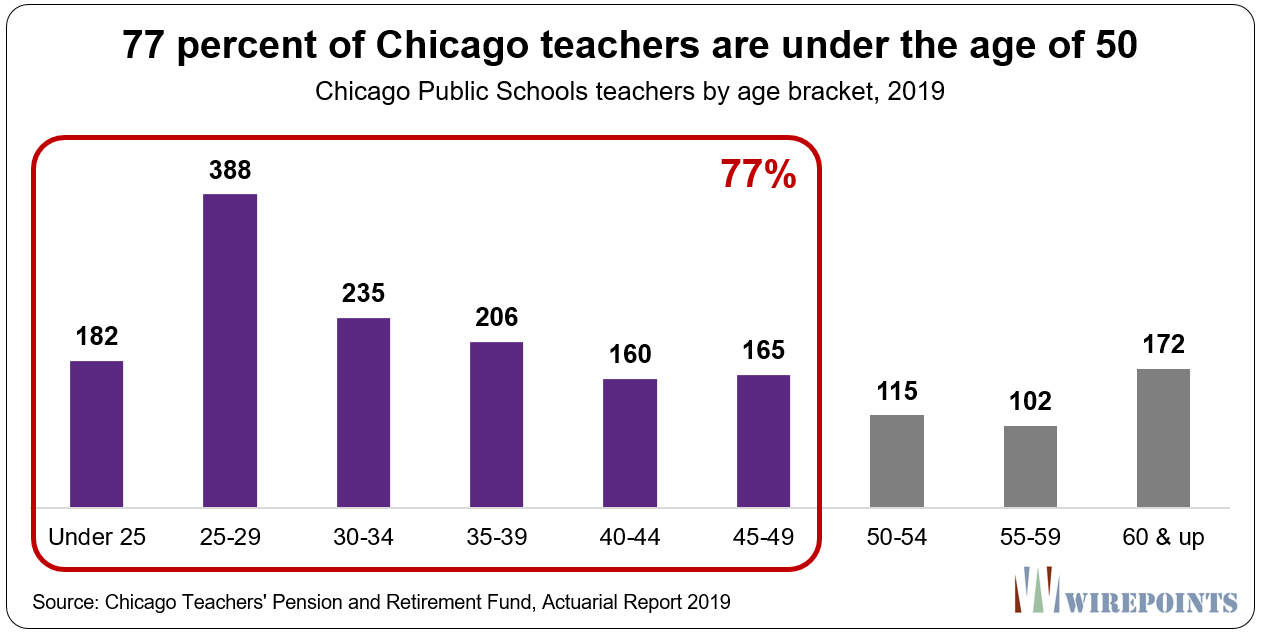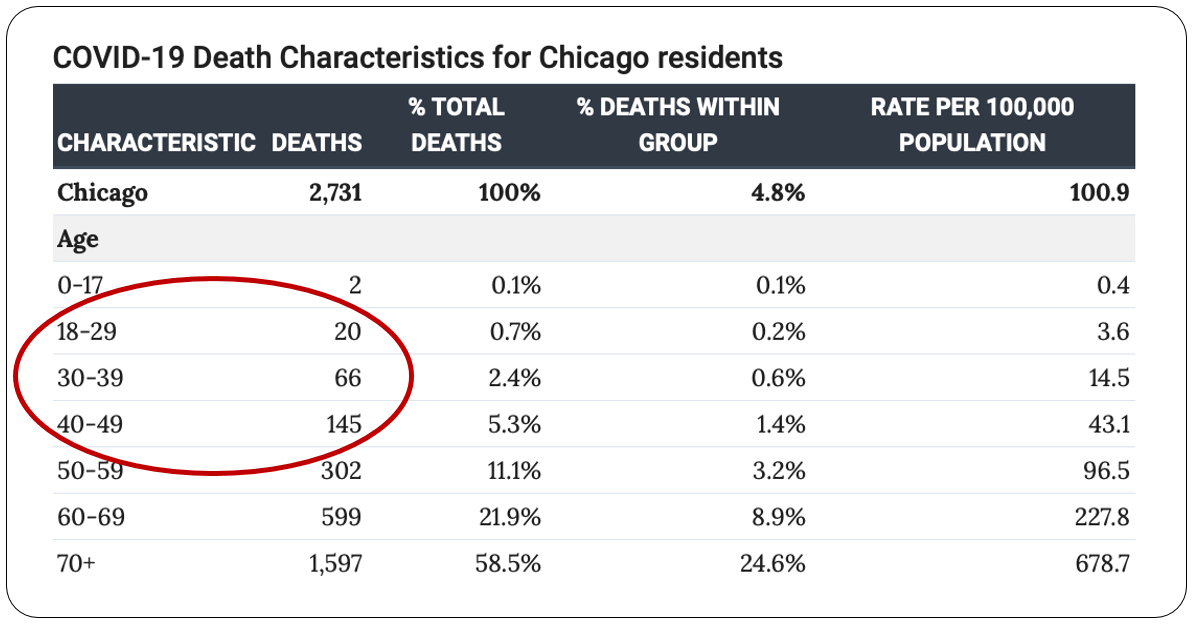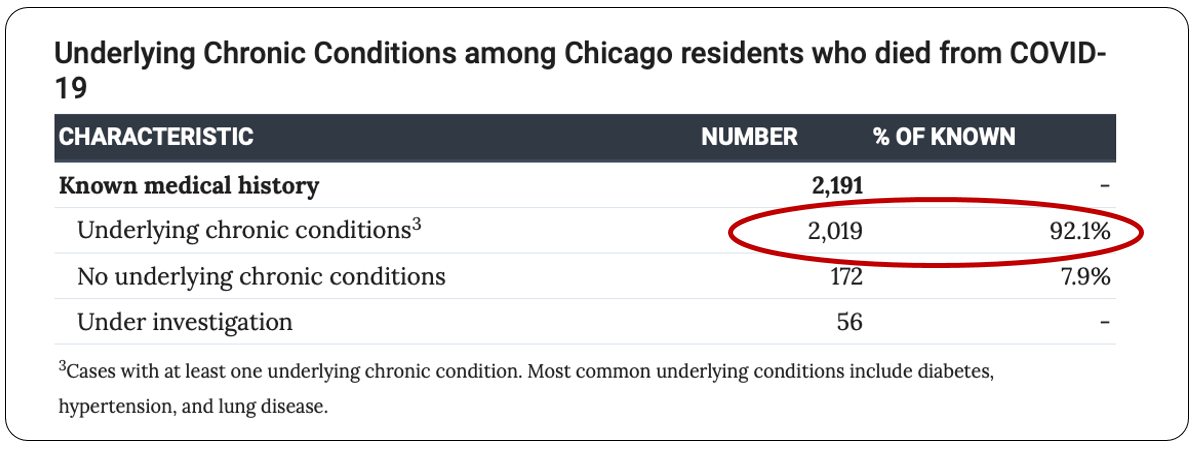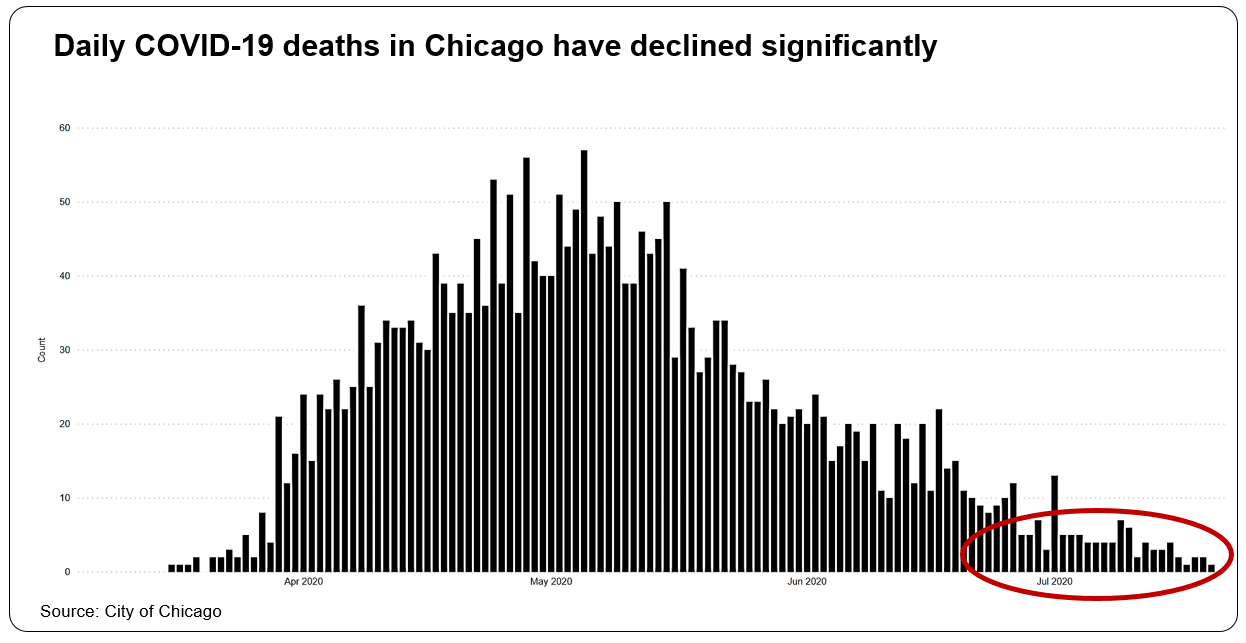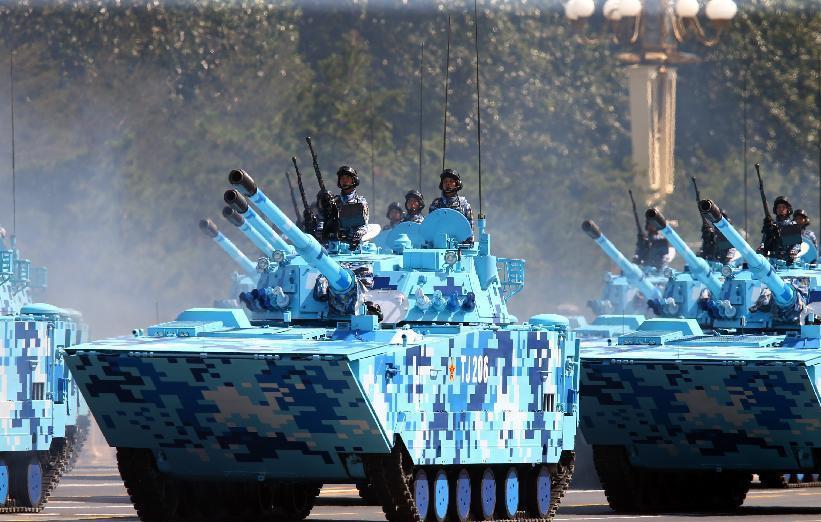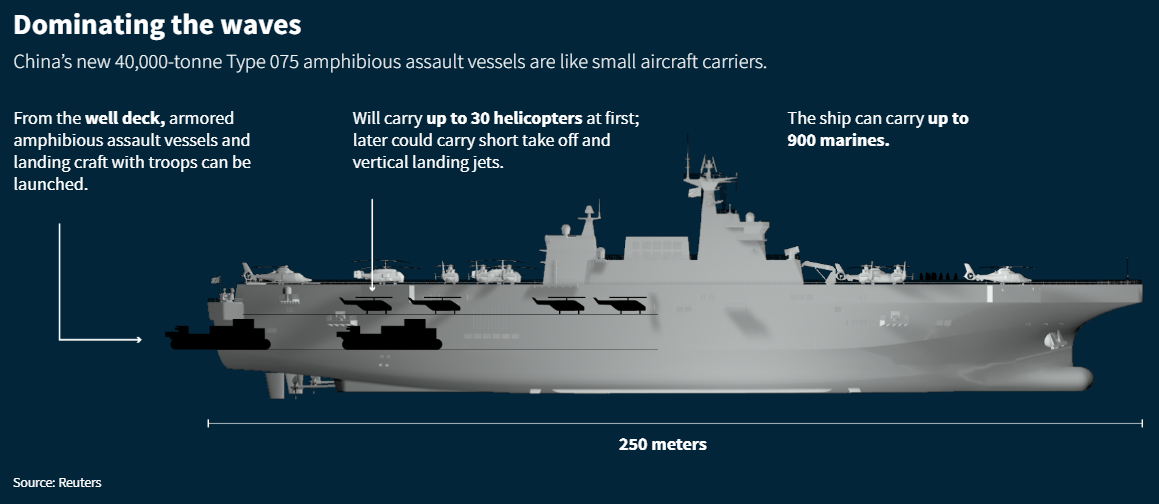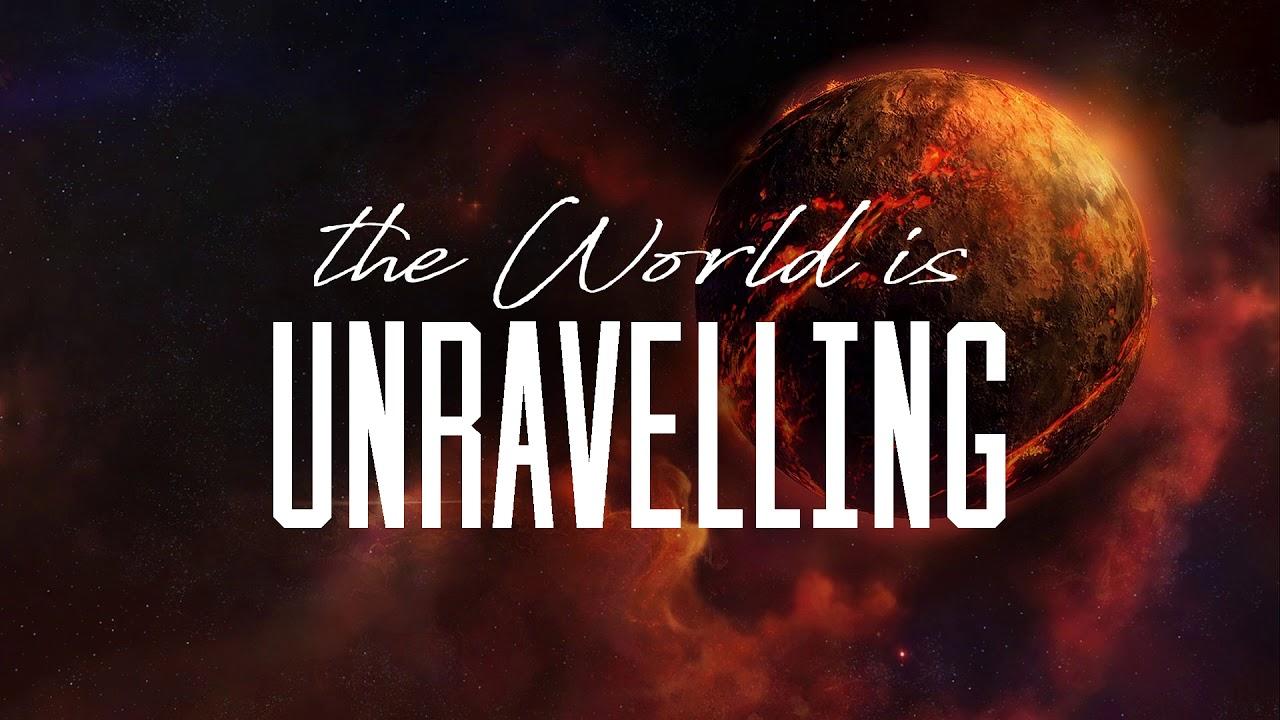More Fallout From Iran/China Deal: India Loses Farzad-B
Tyler Durden
Fri, 07/24/2020 – 19:25
Authored by Tom Luongo via Gold, Goats, ‘n Guns blog,
The carnage for following President Trump’s lead on ending the JCPOA continues for India.
From SputnikNews last week comes this note about the Farzad-B oil and gas field and Iran.
Close on the heels of breaking the Chabahar-Zahedan rail project agreement, Iran appears set to deny India’s state-run ONGC Videsh Limited (OVL), exploration and production rights for the key Farzad B gas field.
The granting of rights to OVL was already delayed with New Delhi moving slowly on the issue, but came to a complete standstill after the 2018 imposition of US sanctions on Tehran.
Now that threat looks to be a reality.
Turkish news agency Anadolu Agency quoted India’s External Affairs Ministry (EAM) as saying on Thursday Tehran would develop the Farzad-B gas field in the Persian Gulf region “on its own” and might engage India “appropriately at a later stage”.
Translation: “Stop stalling for Trump’s sake and make good on your promises or the project goes to China.”
Because that’s where this leads in light of the announced mega-deal between Iran and China worth a reported $400 billion.
I wrote last week I thought India has lost its way on the New Silk Road. Losing the contract to build the railway it pushed for to bypass Pakistan and assert independence from China’s OBOR plans should have been a clear enough signal.
But apparently it wasn’t.
India’s involvement in the Farzad-B gas field is now more than a decade delayed because of U.S. interference through sanctions nominally over Iran’s nuclear ambitions.
Work was supposed to begin in 2012 but President Obama sanctioned Iran, forcing OVL, ONGC’s international arm, to stop. Work was set to begin again after ratification of the JCPOA in 2015 and Trump nixed that in 2018 when he pulled the U.S. out of the deal.
Not only did this stop India’s work on the field but it also put the kibosh on any new pipeline into India.
I reported in November of 2017 that Russian Energy Minister Alexander Novak announced preliminary development work on a new version of the Iran-Pakistan-India (IPI) pipeline. That talk abruptly ended with Trump’s pulling out of the JCPOA.
Some version of IPI has been opposed by the U.S. for two decades now, preferring instead to thread the TAPI pipeline through the needle of failed geopolitics.
Gazprom already operates in three major Iranian oil fields, including Farzaz-B, and IPI was supposed to be a venture tying Iran and India together with Gazprom supplying the expertise and money to get it done.
Remember, pipelines are the stitching that bind nations together. This is why the U.S. is so adamant about stopping ones that don’t serve its or its allies’ interests, in this case the Saudis.
So, while we are regaled incessantly about the dangers of Iran obtaining a nuclear weapon, the real reason for the pulling out of the JCPOA was always about Energy Dominance, Trump’s plans to further solidify the U.S.’s hold over global energy flows.
Because once Trump did that, multiple projects under development with European and Indian oil majors ended abruptly. Companies like Italy’s ENI, France’s Total and others were all forced to sell their interests in these major oil and gas development projects.
And China came in to scoop some of them up, presaging where we are today.
The same thing happened in the fallout from the coup in Ukraine in 2014 which led to Crimea’s reunification with Russia.
That prompted onerous sanctions which forced U.S. oil majors out of major deals to develop Russian oil and gas blocs in the Arctic as well as the development of Nordstream 2 and Turkstream.
Speaking recently about the U.S.’s opposition to Nordstream 2, Alexander Mercouris of The Duran connected these dots back to Exxon-Mobil having to pull out of its projects with Russia because of Crimea sanctions (starts at 4:52 in).
Germany, for its part, is fully hacked off about what Trump and Pompeo are threatening over Nordstream 2 and this will be the wedge issue which forces a split in policy direction between them, including counter-sanctions from Germany.
Threats eventually become actions especially when we are dealing with something as fundamental to the future of Germany and the European Union as Nordstream 2. So we should finally see some teeth from Germany if Pompeo goes through with these sanctions.
Remember also, that CAATSA, the updated version of the Magnitsky Act, took sanctions policy out of the hands of the President by a spiteful Congress (spearheaded by John McCain) and placed it in the hands of the Secretary of State and the Treasury Secretary.
In this sense Trump is a tourist in his own foreign policy.
The bottom line here is that Iran and China are countering to up the pressure on India to finally decide where their energy future lies, because the last ten years have been terrible for them in securing their energy future constantly bowing to external pressure.
One of India’s persistent issues is the vulnerability of its currency due to its intense energy import needs. The rupee is the antithesis of stable in part because of its energy imports.
Even with drastically lower energy import prices the rupee has been in free fall versus the U.S. dollar for two years now, and nothing the Modi government has done has alleviated India’s reliance having to buy oil only sold for U.S. dollars.
During the Obama sanction years (2012-15) India and Iran famously traded goods for oil. Under the current environment thanks to CAATSA that option is off the table. Keeping Iran and India at arm’s length is meant to protect the petrodollar system rather than the two countries trading in local currencies.
What I find most ironic is that every attempt to stop Iran and India from coming closer together on energy projects has forced India to develop closer ties to Russia’s Rosatom for nuclear power.
Rosatom is the main equipment supplier and technical consultant in the construction of Kudankulam nuclear power station in the southern state of Tamil Nadu.
The first and second reactors at the plant are already in service with the third and fourth due to come online in 2023 and 2024, according to Kremlin mouthpiece Tass.
Russia and India are also planning the construction of a second nuclear power station. There are plans for up to six Russian-designed nuclear power plants in India.
Each and every time the U.S. pressures one of its ‘allies’ back into the narrow box of acceptable energy sources, the net result is a win for either China or Russia.
The story of the development of Farzad-B is yet another instance of this.
* * *
Join My Patreon if you want help navigating the waters of geopolitics. Install the Brave Browser if you want to limit the growing Google-led panopticon.
via ZeroHedge News https://ift.tt/2Ebxucs Tyler Durden

